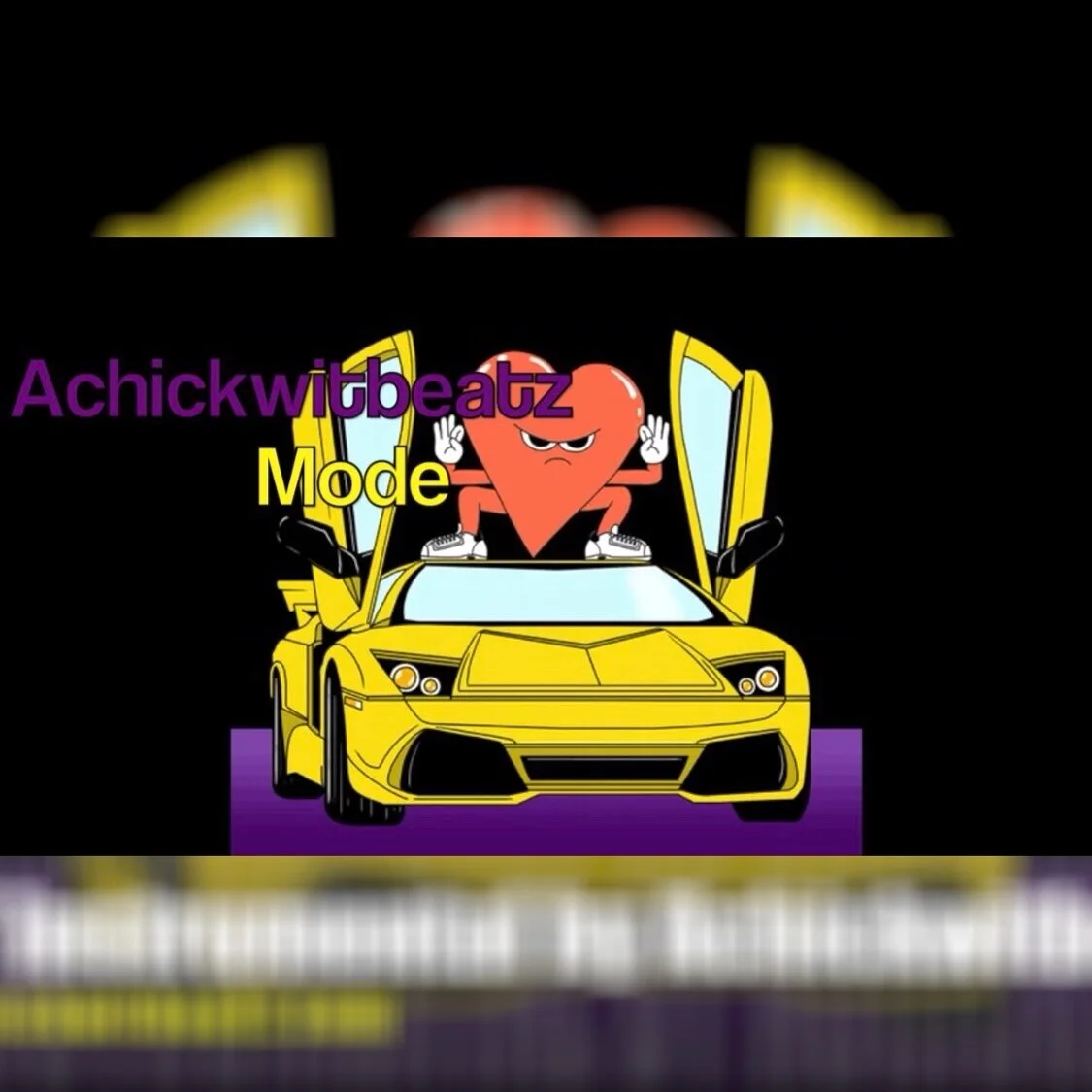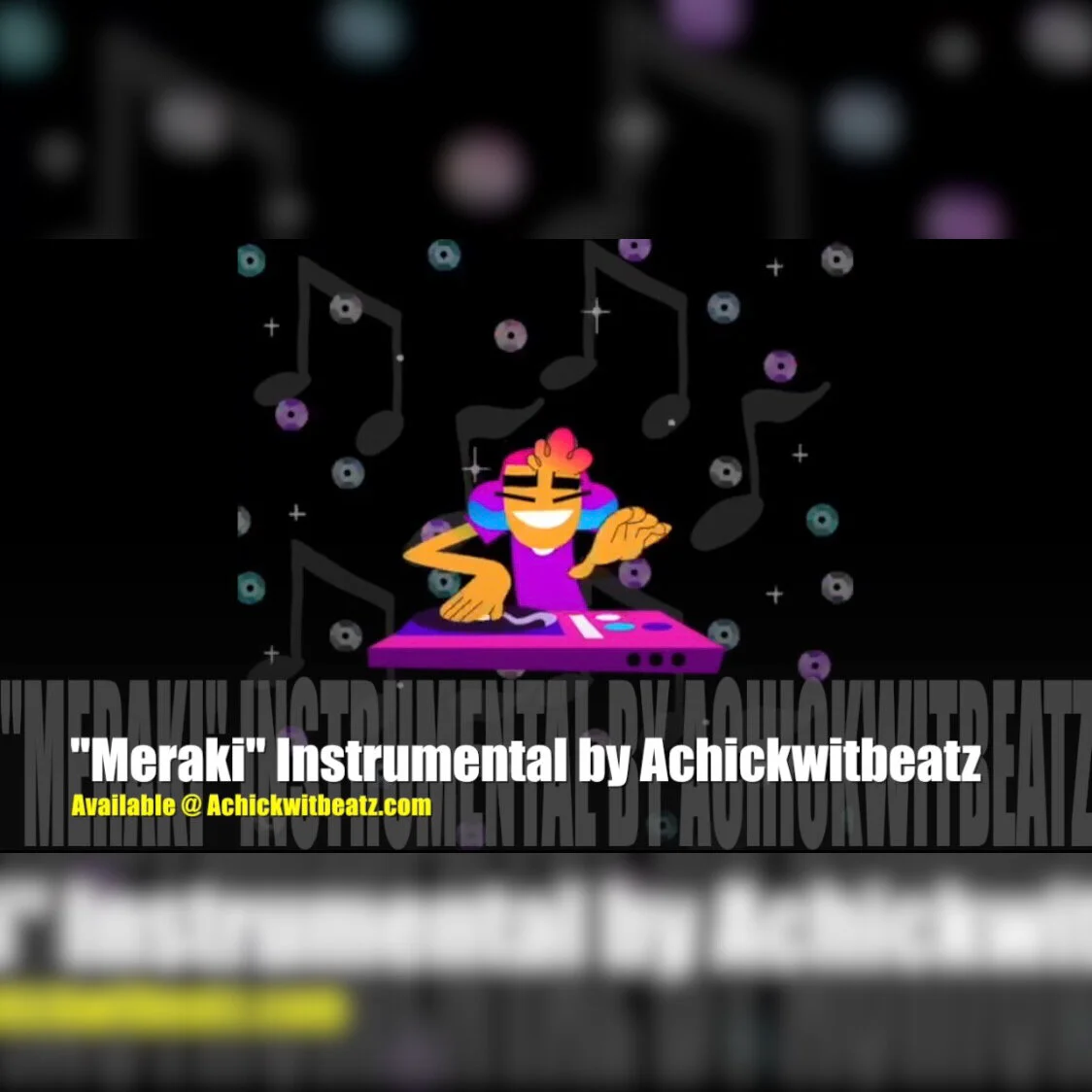Micro-licensing has opened a new path for independent artists to get their music out there. Instead of chasing big TV or movie deals, this approach focuses on smaller, everyday projects like podcasts, YouTube videos, indie games, and apps. Each placement may be modest on its own, but over time, they can add up, helping artists earn income, reach new listeners, and build a stronger portfolio.
The Digital Marketplace for Indie Music
Micro-licensing platforms connect artists directly with content creators who need music quickly and affordably. Independent musicians have a distinct advantage because:
Content creators demand fresh, authentic sounds that don’t require navigating complex legal or financial agreements.
Low-barrier entry means artists can start licensing without a label, agent, or large catalog.
Rapid feedback loops allow artists to observe which tracks are selected most often, providing insight into trends and buyer preferences.
Some offer upfront payments or subscription-based royalties, while others let you retain full ownership and set your own prices. Understanding these differences helps you choose the best fit for your goals and catalog. Some of the most useful micro-licensing platforms for independent artists include Pond5, Soundstripe, Musicbed, and PremiumBeat. These platforms allow artists to earn per placement, giving you direct income and a chance to build a licensing portfolio.
Understanding how the micro-licensing marketplace works helps you approach it strategically. This allows you not only to earn extra income but also to get your music in front of real audiences, see how it’s used, and use that feedback to refine your sound, catalog, and marketing approach.
Understanding Micro-Placement Value
Even modest placements contribute to both revenue and career development. The benefits of micro-licensing include:
Cumulative revenue: Many small placements add up. A dozen $25–$50 licenses in a month can rival a single traditional sync fee.
Portfolio credibility: Each placement serves as proof that your music is professionally licensable, which can open doors to larger projects.
Marketing leverage: Being licensed repeatedly across digital content platforms increases exposure and builds brand recognition.
Unlike traditional sync, the value here is volume and visibility, not one-off high-profile deals.
Optimizing Your Tracks for Discovery
Photo by Mert Kahveci on Unsplash
Micro-licensing platforms prioritize discoverability. To maximize the likelihood of placement:
Use precise metadata: Keywords for genre, mood, tempo, instrumentation, and intended use make tracks searchable.
Offer multiple track versions: Instrumentals, loops, and stems give creators flexibility.
Group tracks into collections: Curated playlists by project type (e.g., “Background Music for Podcasts” or “Cinematic Loops for Apps”) help buyers find what they need quickly.
Monitor trends: Note which tracks get licensed the most and create similar content to meet demand.
These strategies focus on making your catalog visible and convenient for creators, rather than simply “ready for sync.”
Submission and Workflow Efficiency
Photo by Fernando Hernandez on Unsplash
Consistency and organization matter more than individual perfection. Effective workflows include:
Batch uploads: Prepare multiple tracks and submit them at once to increase your presence.
Track analytics: Most platforms provide data on views, downloads, or licenses. Use this to refine keywords, moods, or track lengths.
Iterative testing: Small changes in metadata or track grouping can significantly improve discoverability.
Time management: Prioritize platforms that align with your style and target audience, rather than spreading efforts too thin.
Treat micro-licensing like an ongoing process, where small improvements over time yield compounding results.
From Micro to Macro
Photo by Andrijana Bozic on Unsplash
While micro-licensing is often low-budget, the long-term benefits are strategic:
Repeated placements build reputation and exposure across platforms.
Artist portfolios from micro-licensing demonstrate reliability and versatility, which can attract larger projects or traditional sync opportunities.
Observing trends in licensing data informs future music creation, increasing alignment with market demand.
By thinking in terms of consistent engagement rather than one-off deals, micro-licensing can become a foundational part of an independent artist’s career growth.
Micro-licensing platforms provide independent artists with an accessible, repeatable, and strategic approach to monetizing music, building visibility, and developing a licensing portfolio. By understanding the buyer ecosystem, optimizing tracks for discoverability, and managing submissions efficiently, indie musicians can transform small-scale opportunities into meaningful career-building tools.
- Art
- Independent Labels
- Internet Radio
- Music Documentaries
- Album Reviews
- Music History
- Music Industry News
- Free Game Friday
- Free Downloads
- Poetry
- Books
- Interviews
- Did You See It?!
- Hip Hop History
- Hear Here
- Music News
- Hip Hop Documentaries
- Music Marvels Radio Show
- Think Piece Thursday
- Mini Documentaries
- Instrumental Intel
- Music Humor
- Indie Analysis
- Conversations & Quotables
- Music
- Resources for Artists
- Podcasts
- Beats/Instrumentals
- Music Education
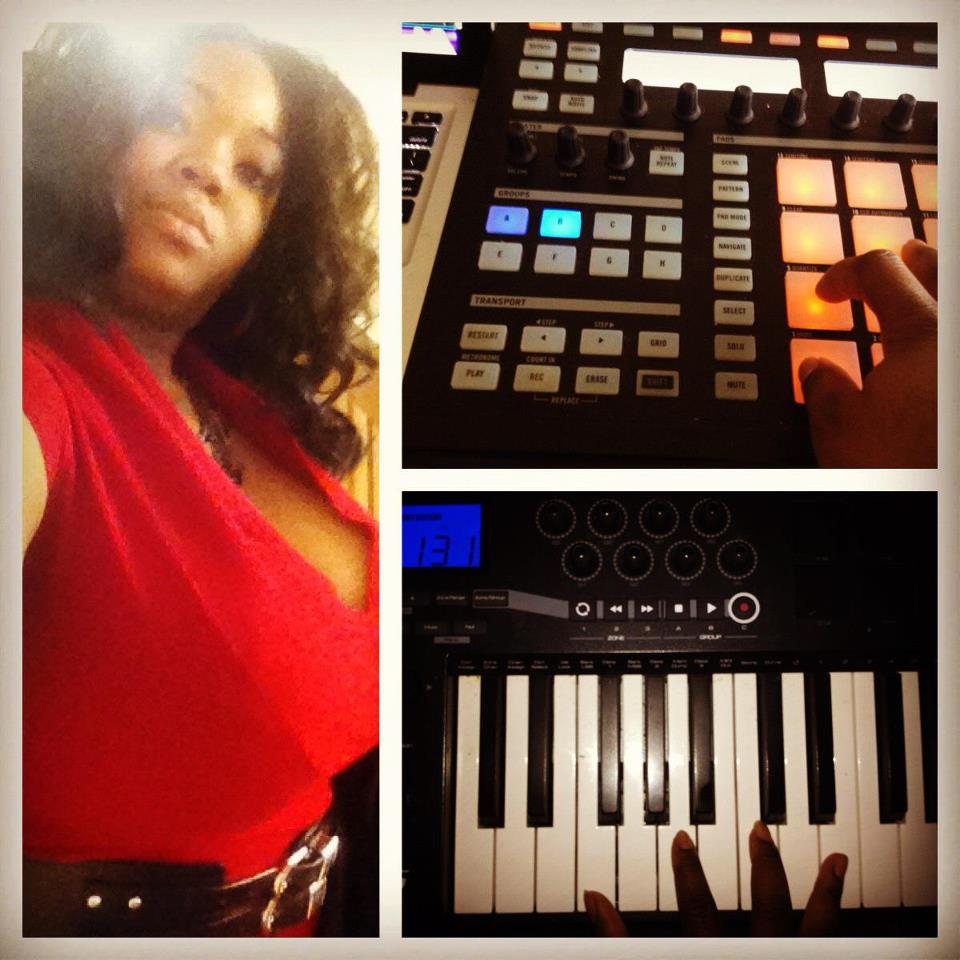


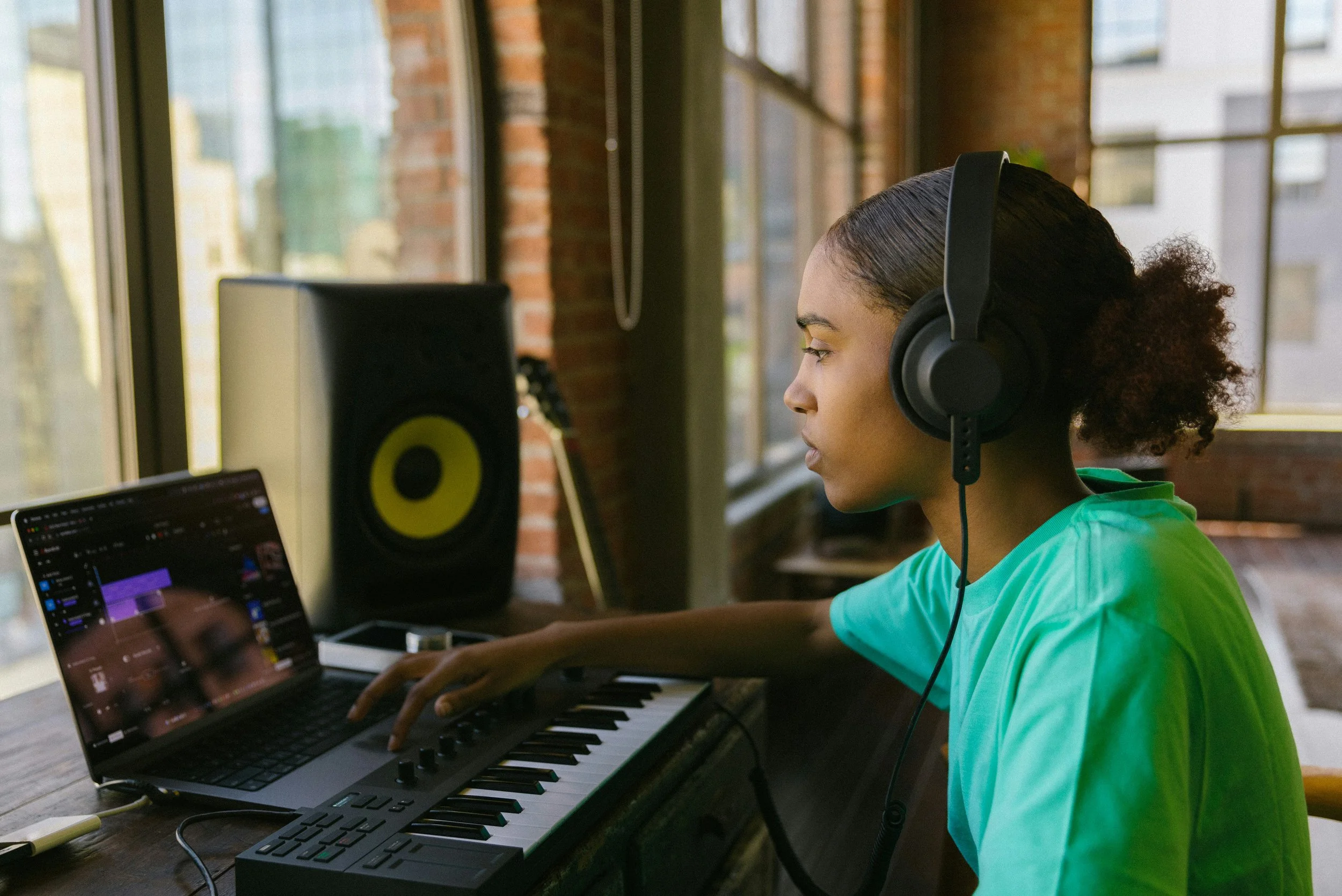
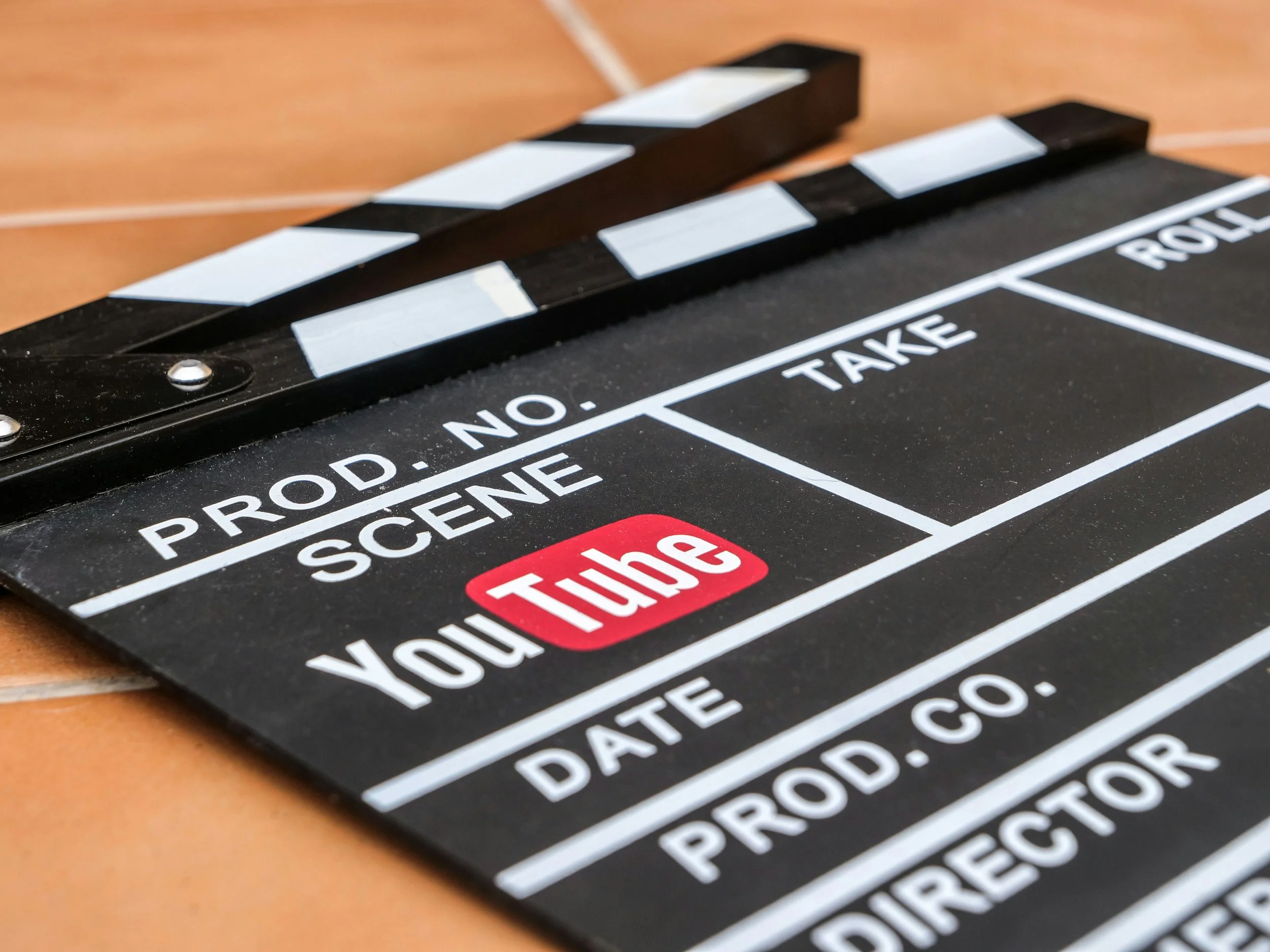
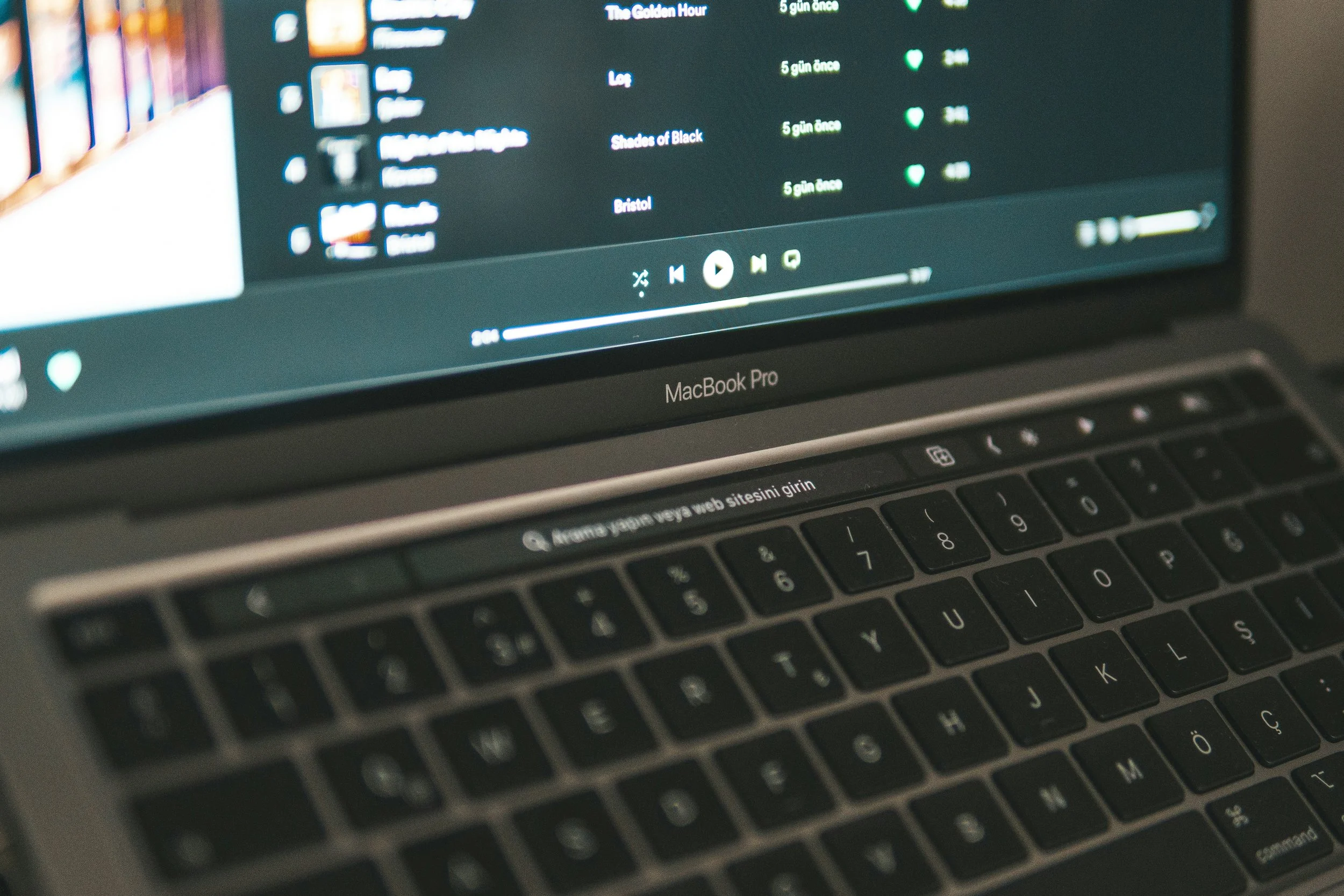









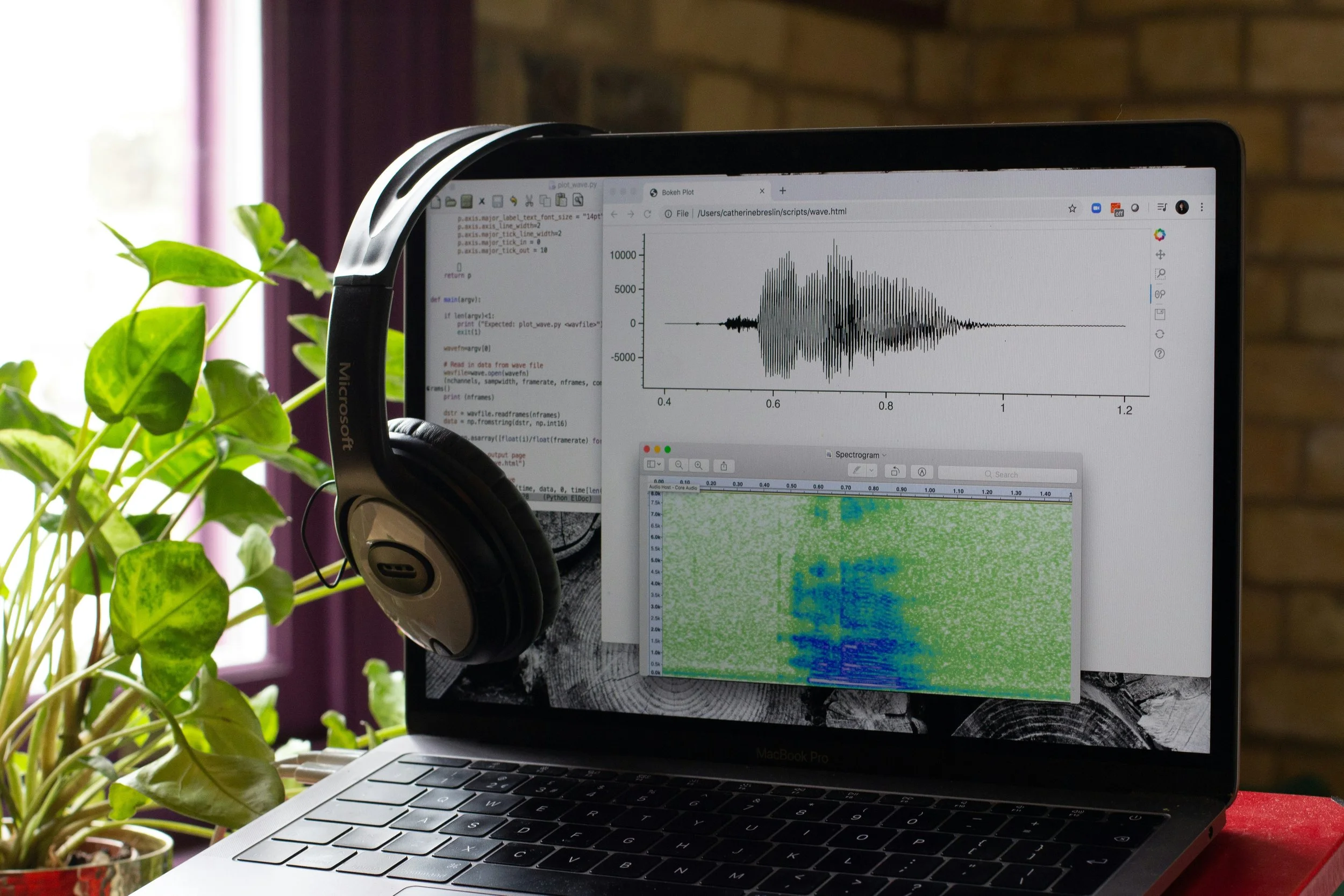

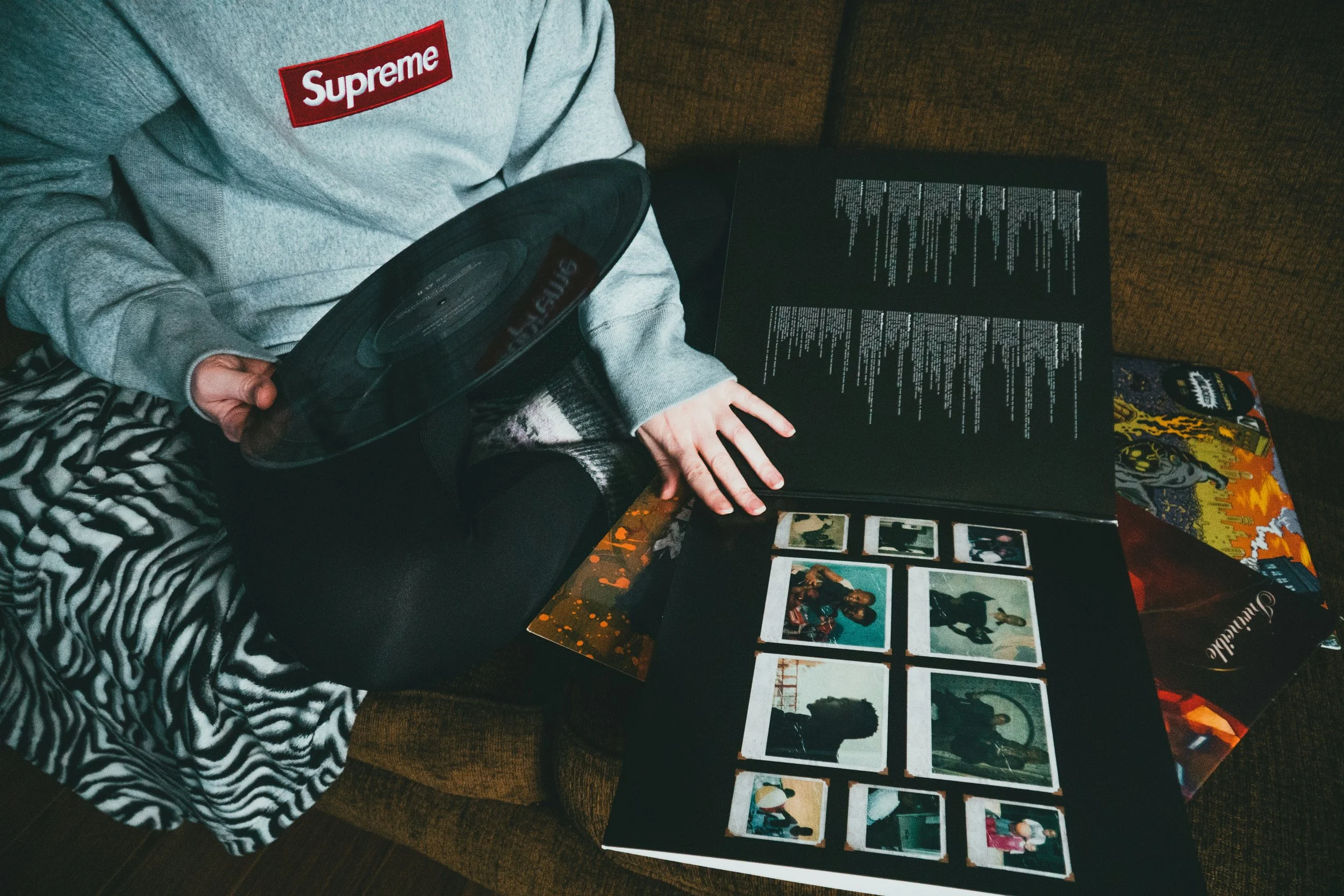





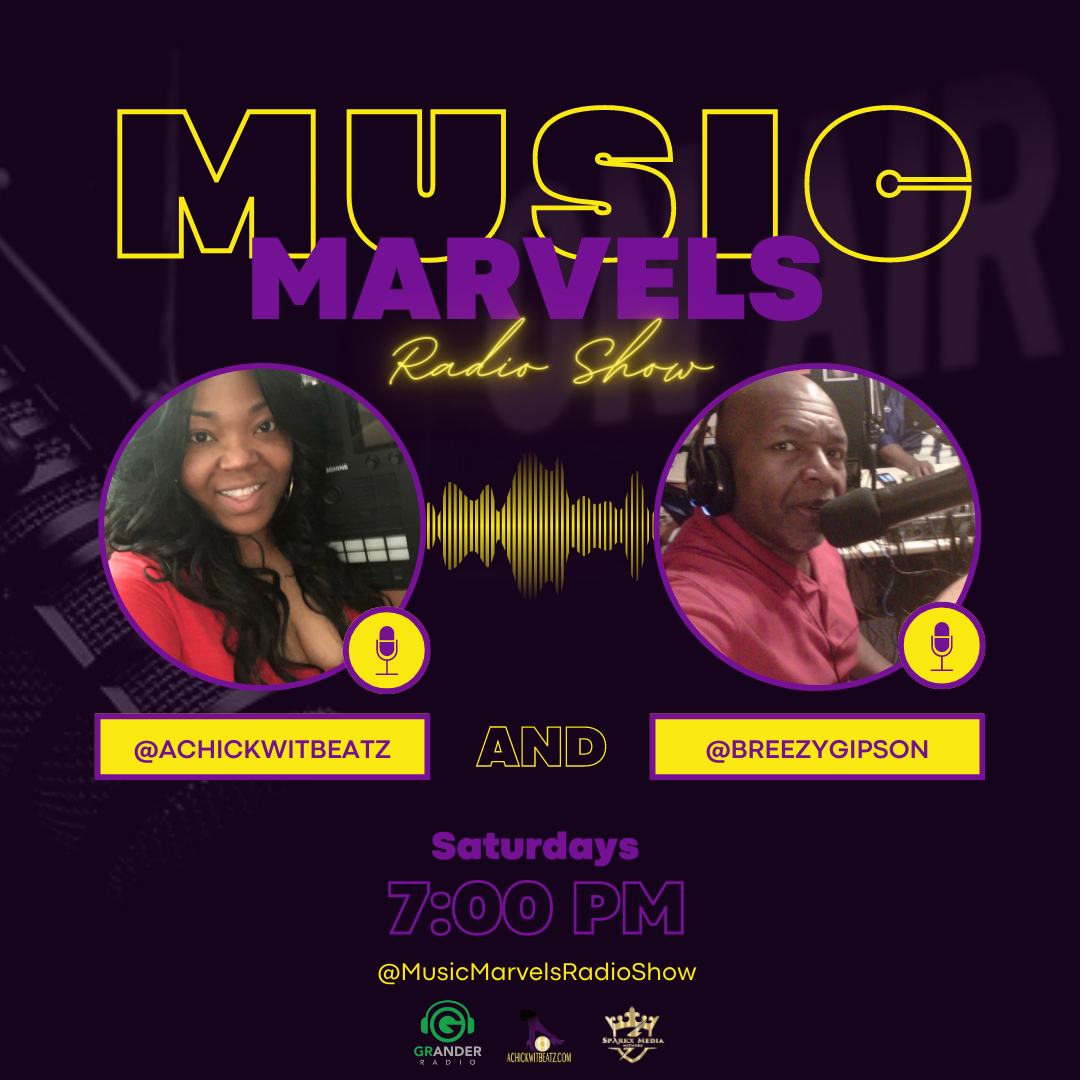
![Hear Here: Achickwitbeatz - Dopamine & Serotonin [Single]](https://images.squarespace-cdn.com/content/v1/52b0b90ae4b0293bfed0d692/1710852808557-EZYGFDIBHLBSIRFOVS1Q/Dopamine+%26+Serotonin.JPG)


